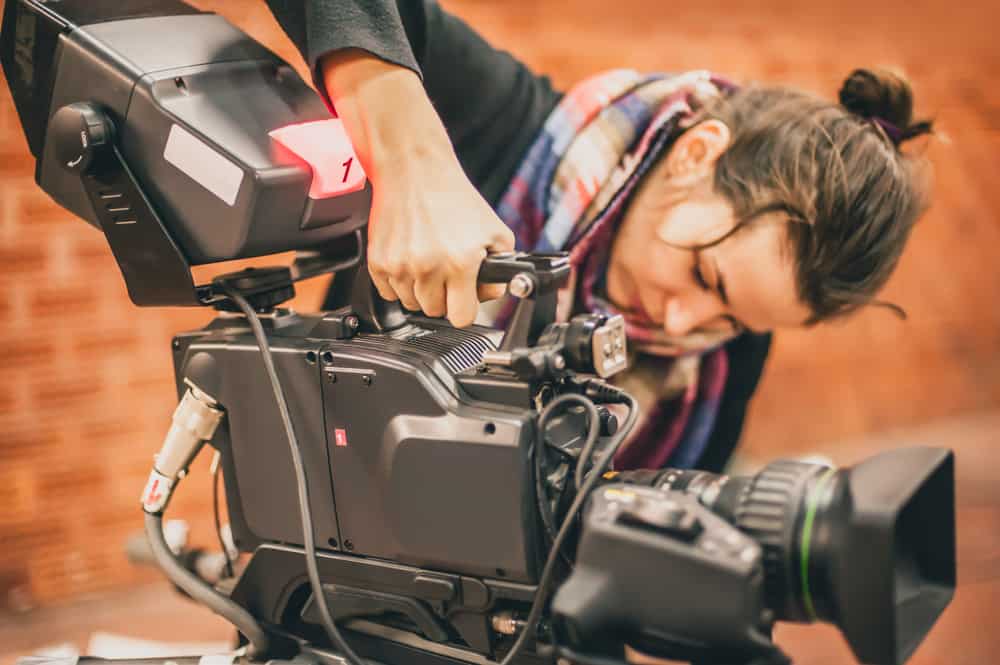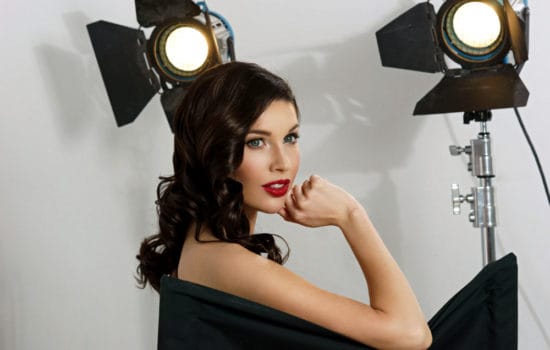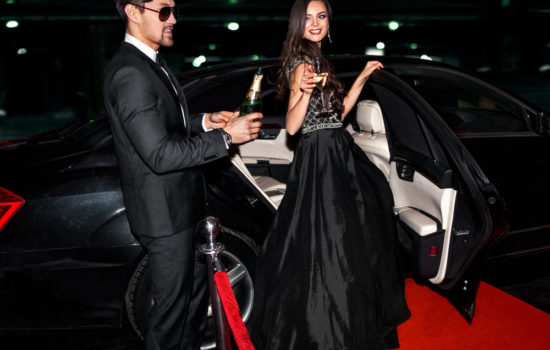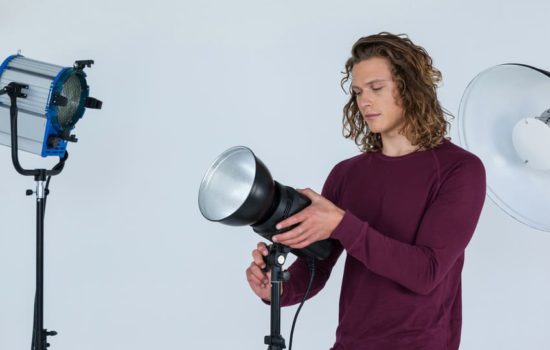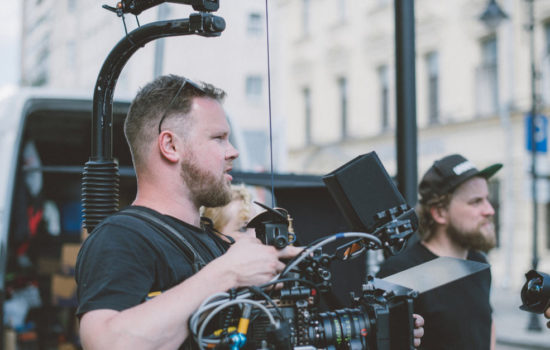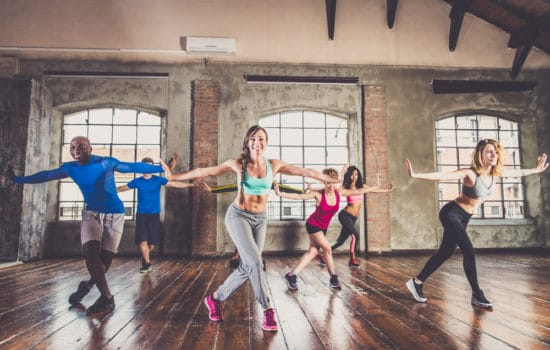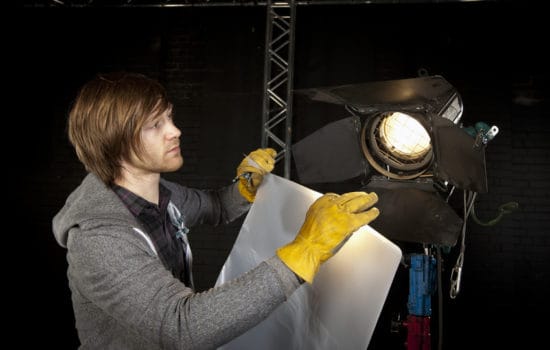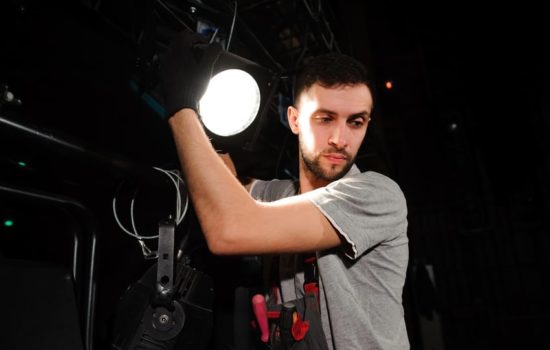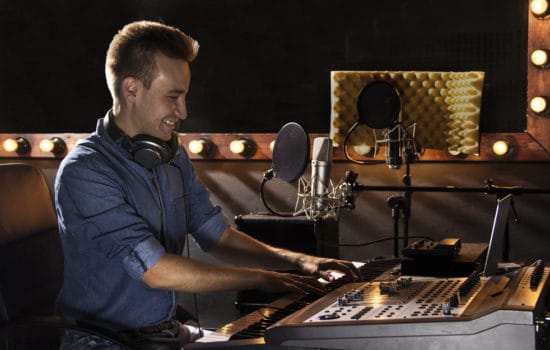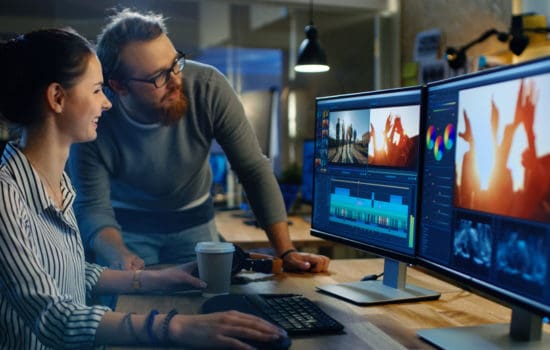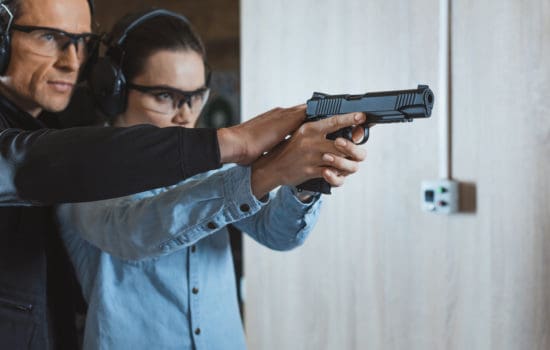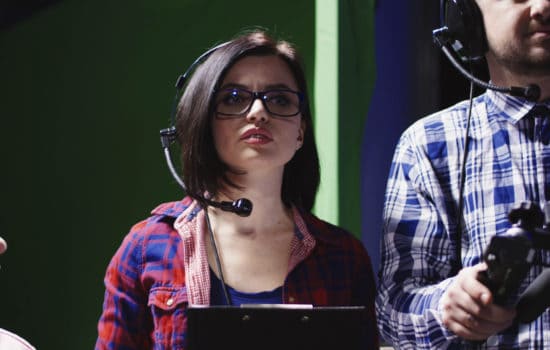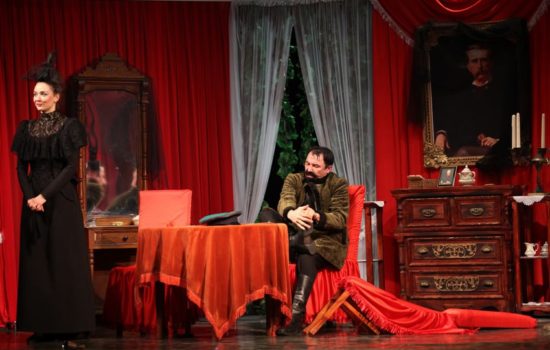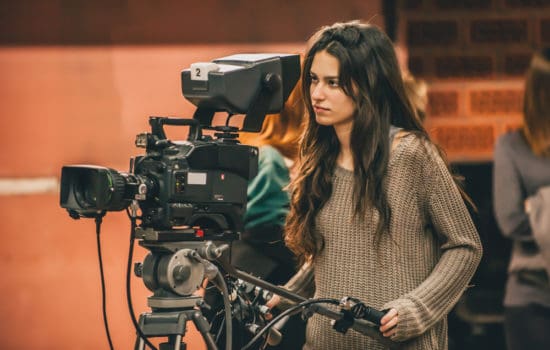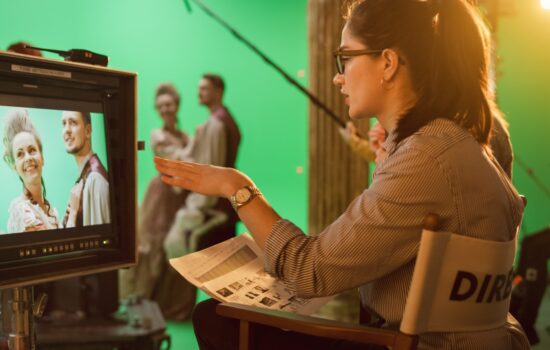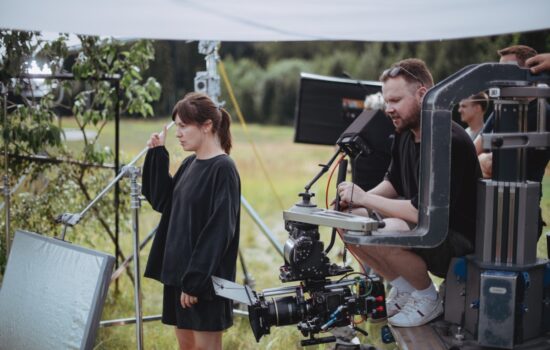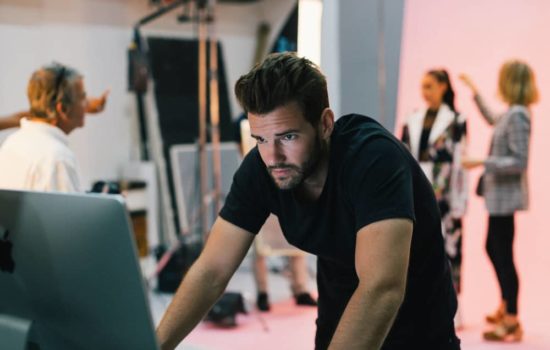Pre-production covers everything leading up to the film shoot, from hiring the crew to finding the locations. Once all of that is secured, you move into prep. This is the time period is which every department has consulted and collaborated with the Director and is in the practical phase of preparation.
All the costumes and all the elements of production design are mobilized and staged for the shoot. There might be camera tests, workflow tests, makeup tests – all the things that could go wrong are tested to make sure things run smoothly during principal photography.
During prep, the Director will create a shot list or storyboards and may also have the opportunity to rehearse with the Actors.
The Assistant Director (AD) is the one who handles most of the scheduling logistics and creates the call sheet that tells everyone when to be on set and where to go. The call sheet has a lot of important information. It tells you what scenes are going to be shot that day, who will be on set, including Actors and crew, along with contact information and other resources.
It’s essentially a roadmap of each day during principal photography for the main unit and often has sides attached to it. Sides are the pages of the script that will be shot that day.
What comes after principal photography?
Two general stages follow principal photography. They are post-production and distribution. Depending on the schedule set up for making a movie, post-production may begin before the entirety of principal photography has been completed.
